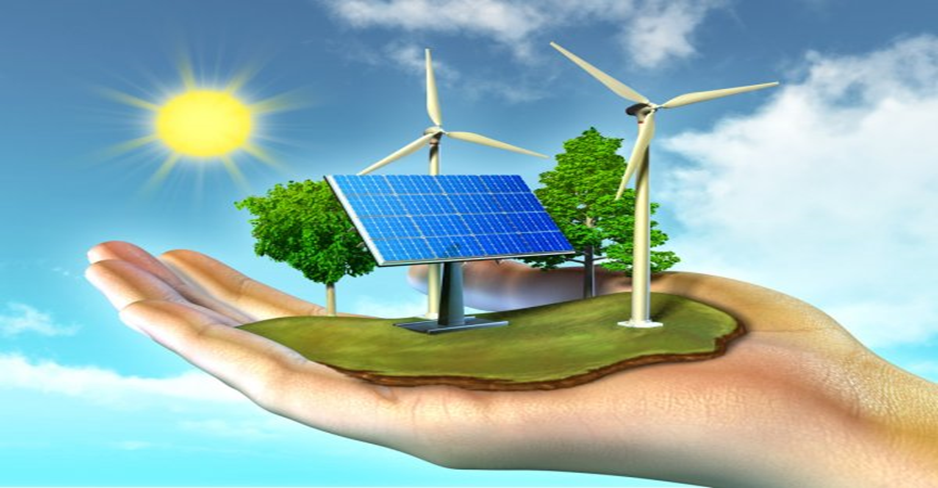Unlocking Sustainable Energy Solutions: The Promise of Green Hydrogen Storage
Green hydrogen storage holds immense promise as a key enabler of sustainable energy solutions, offering a pathway towards a cleaner, greener future. Let’s delve into the intricacies of green hydrogen storage and explore its potential to revolutionize the energy landscape.
Harnessing Renewable Energy
At the heart of green hydrogen storage lies the utilization of renewable energy sources, such as solar and wind power, to produce hydrogen through electrolysis. By leveraging renewable energy sources, green hydrogen production avoids the carbon emissions associated with traditional hydrogen production methods, making it a truly sustainable solution for energy storage.
Storage Technologies: Innovative Approaches
Green hydrogen storage encompasses a variety of innovative technologies aimed at efficiently storing and utilizing hydrogen for various applications. From compressed hydrogen storage to hydrogen liquefaction and solid-state hydrogen storage, researchers and engineers are exploring diverse approaches to optimize hydrogen storage capacity, safety, and reliability.
Powering Clean Transportation
One of the most promising applications of green hydrogen storage is in the transportation sector, where hydrogen fuel cells are powering a new generation of clean vehicles. By storing green hydrogen in fuel tanks onboard vehicles, hydrogen fuel cell vehicles offer zero-emission transportation solutions, reducing greenhouse gas emissions and air pollution in urban areas.
Balancing Supply and Demand
Green hydrogen storage plays a crucial role in balancing supply and demand in renewable energy systems, where energy generation from solar and wind sources can fluctuate unpredictably. By storing excess renewable energy as green hydrogen during periods of surplus and utilizing it during periods of high demand, green hydrogen storage helps stabilize the grid and enhance energy reliability.
Supporting Grid Resilience
In addition to balancing supply and demand, green hydrogen storage enhances grid resilience by providing a reliable and dispatchable energy resource. By integrating green hydrogen storage systems with existing energy infrastructure, such as power plants and grid networks, energy providers can enhance grid flexibility, mitigate grid congestion, and improve overall system reliability.
Decarbonizing Industrial Processes
Beyond transportation and grid applications, green hydrogen storage holds potential for decarbonizing industrial processes in sectors such as steel manufacturing, chemical production, and refining. By replacing fossil fuels with green hydrogen as a feedstock or fuel source, industries can reduce their carbon footprint and transition towards more sustainable and environmentally friendly practices.
Overcoming Challenges
While the potential of green hydrogen storage is vast, it also faces several challenges, including high costs, limited infrastructure, and technological barriers. However, with continued research, development, and investment, these challenges can be overcome, unlocking the full potential of green hydrogen storage as a cornerstone of sustainable energy systems.
Fostering Innovation and Collaboration
Realizing the promise of green hydrogen storage requires collaboration and partnership across various sectors, including government, industry, academia, and civil society. By fostering innovation and collaboration, stakeholders can accelerate the development and deployment of green hydrogen storage solutions, driving systemic change towards a more sustainable future.
Policy Support and Market Incentives
Government policies and market incentives play a critical role in promoting




